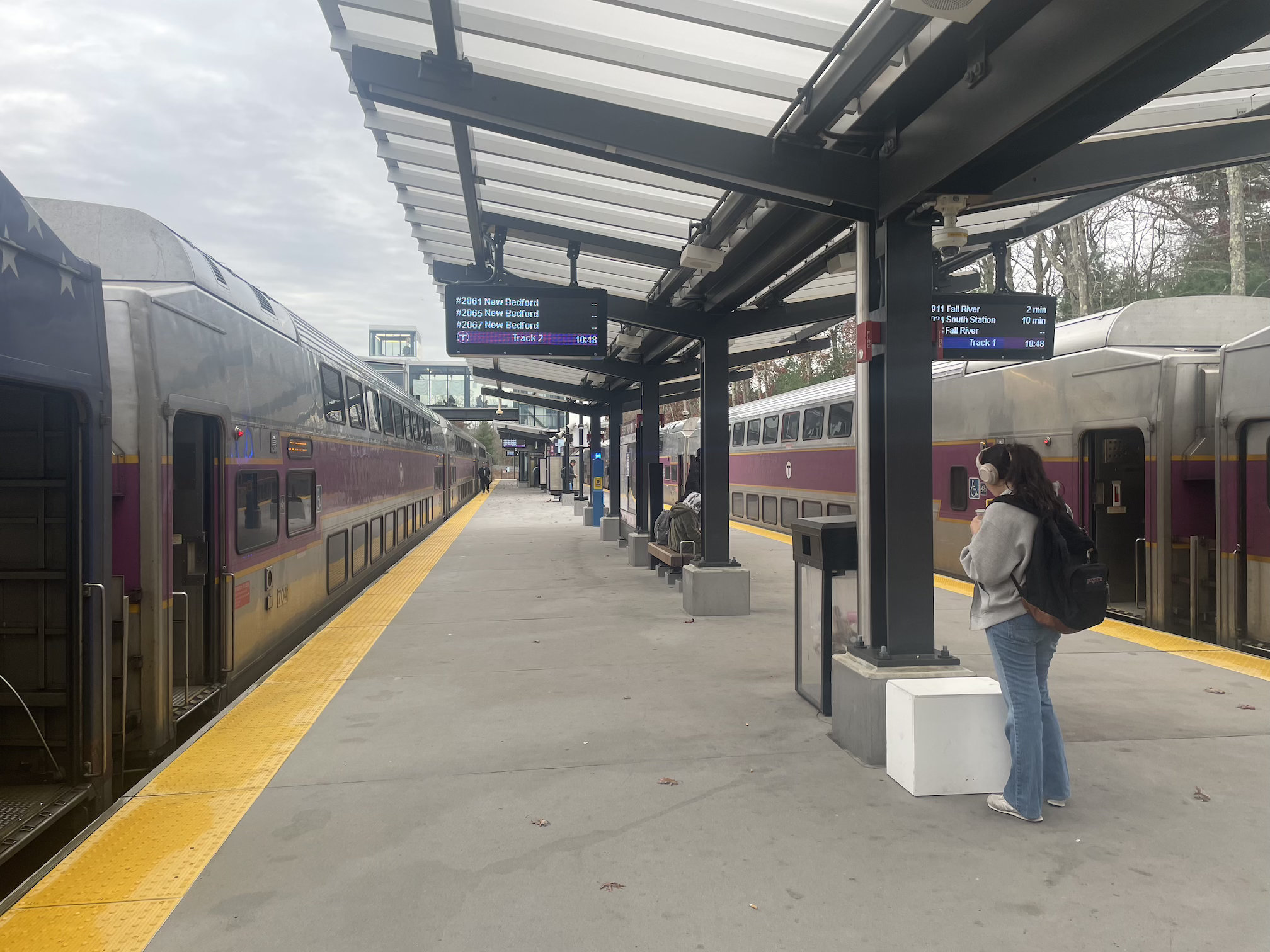At the end of June, on the same day that the Supreme Court limited the Environmental Protection Agency's ability to regulate climate-heating pollution from the nation's power plants, the Baker administration issued its latest Clean Energy and Climate Plan, which lays out its strategy to eliminate 7.5 million metric tons of annual climate-heating emissions (an 11 percent reduction from 2020 levels) within the next 3 years.
The plan places a heavy emphasis on transportation – the state's biggest source of climate-heating pollutants – and, for the first time, it acknowledges that Massachusetts residents will need to drive less in order for the state to meet its goals.
Massachusetts law requires the state to cut climate-heating pollution – chiefly from fossil fuels – by 33 percent relative to 1990 levels by 2025, by 50 percent by 2030, and to effectively eliminate greenhouse gas pollution by 2050.
The state has already reduced greenhouse pollutants by roughly 25 percent since 1990, mostly from the closure of several large coal-fired power plants, which were once the state's biggest polluters.

But today, the biggest polluters in Massachusetts aren't factories or power plants: they're the roads and highways managed by MassDOT.
The tailpipes on cars, trucks, and other vehicles generate 37 percent of the state's climate pollution – roughly twice as much more than all of the state's remaining methane gas-fired power plants.
And while other sectors of the Massachusetts economy are reducing their consumption of fossil fuels, pollution on MassDOT's roadways has been getting worse.
Highways actually generated more climate-heating pollution in 2015 than they did in 1990, in spite of improved fuel efficiency standards on individual motor vehicles.
"One major cause of increased emissions is the considerable increase in total statewide vehicle miles traveled (VMT) over the past 30 years," observes the state's new climate plan. "Passenger vehicle travel in the Commonwealth has grown from 48.9 billion annual miles in 1990 to 61.1 billion annual miles in 2019."
During that same quarter-century, MassDOT spent tens of billions of dollars widening highways, mostly in the Boston region, while under-investing in the region's transit systems.
The Baker administration's previous climate plan, released last winter, seemed poised to continue that trend, by focusing most of its attention on subsidizing electric car purchases without trying to reduce the amount of time that Massachusetts residents waste sitting in their cars.
But in the year since then, the state's electric vehicle programs have come under intense scrutiny. StreetsblogMASS has reported on how the state's MOR-EV rebate program overwhelmingly benefits wealthy households, and how the state's own surveys indicated that the rebates had little effect on buyers' decisions.
The new climate plan stresses that electric cars will still need to replace gasoline-powered engines on the Commonwealth's roadways.
But even if that happens, Massachusetts residents and businesses will also need to drive less.
"First, the Commonwealth will achieve a modest reduction in total vehicle miles traveled compared to baseline projections, in spite of continued projected population and economic growth, by providing more Massachusetts residents with more alternatives to personal vehicles," according to the plan's transportation section. "Second, the Commonwealth will rapidly transition the vehicles on our roads to electric vehicles."
The plan also outlines some specific actions the Commonwealth will take to make that happen, including:
- implementation of the state's new MBTA community zoning rules, which the plan describes as "an opportunity for the Commonwealth to create capacity for tens of thousands of new housing units near public transit, with the potential to reduce housing costs, reduce congestion on our roads, and ultimately reduce transportation emissions."
- state support for the MBTA's bus modernization program, which includes an expansion of bus service under the Bus Network Redesign initiative plus new bus garages that can support an electrified bus fleet.
- increased funding for MassDOT's Complete Streets and Shared Streets and Spaces grant programs
- introduction of a new incentive program to help more residents buy pedal-assist e-bikes. "Studies confirm that e-bikes can potentially replace car trips for some commuters," says the plan.
“Every state and local government in this country is seeing the impacts of climate change on their communities and infrastructure," said Deputy Federal Highway Administrator Stephanie Pollack in a press statement. "States have a critical role to play as we work nationwide to bring down greenhouse gas emissions and slow those impacts.”
Unlike other states with leading climate policies, the latest Massachusetts climate plan still does not set a specific target for reducing in-state "vehicle miles traveled" by motor vehicles.
California is aiming for a 15 percent reduction in total light-duty motor vehicle miles traveled (VMT) by 2050 by building more housing in walkable neighborhoods, expanding transit, and increasing fees on drivers. And Washington's state climate plan requires a 30 percent reduction in driving per capita between 2008 and 2030, and calls on its Department of Transportation to “make VMT reduction, efficiency, and equity explicit priorities for transportation funding.”






